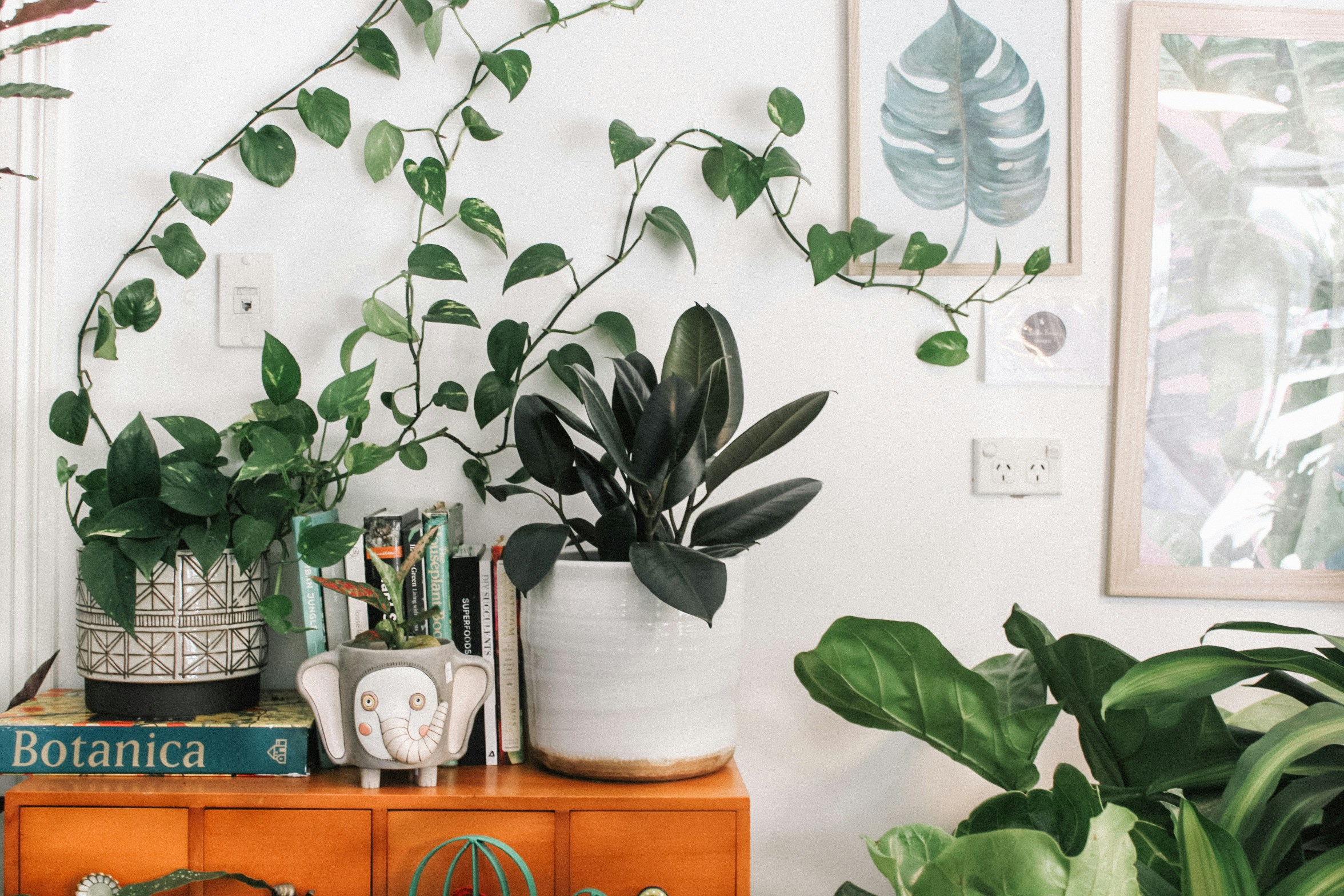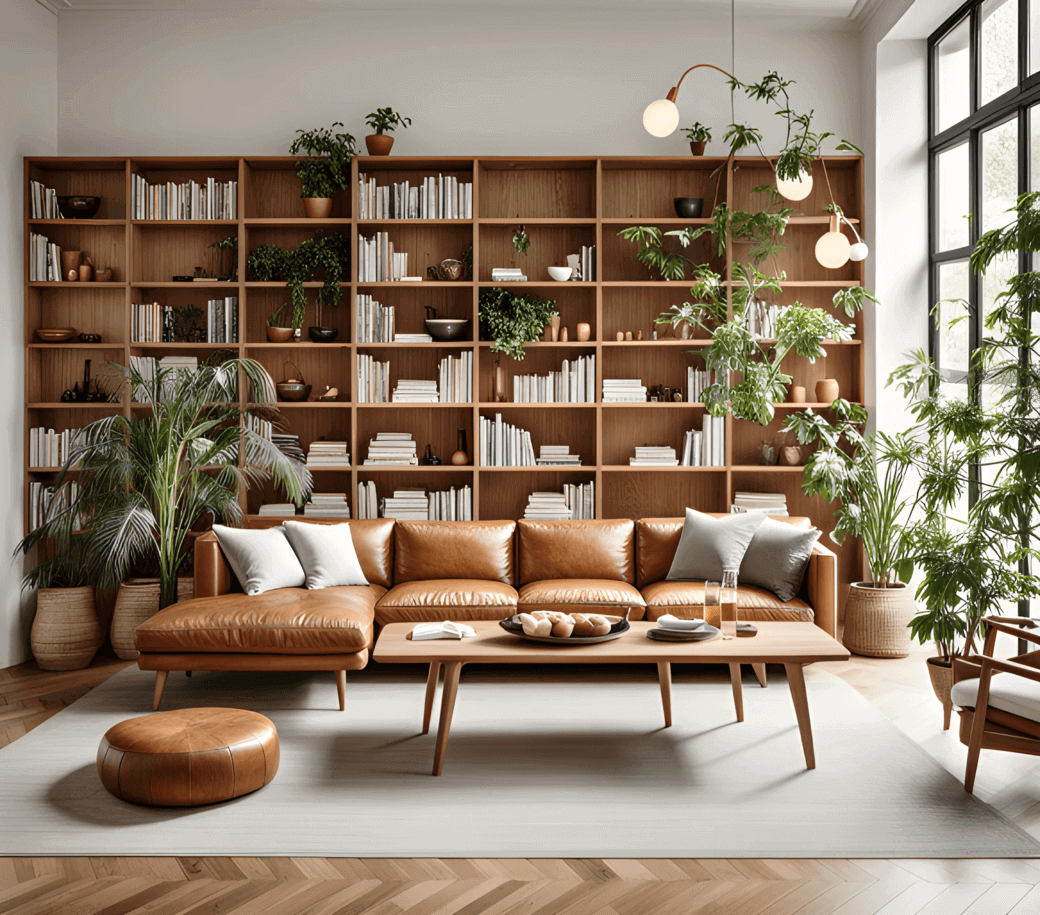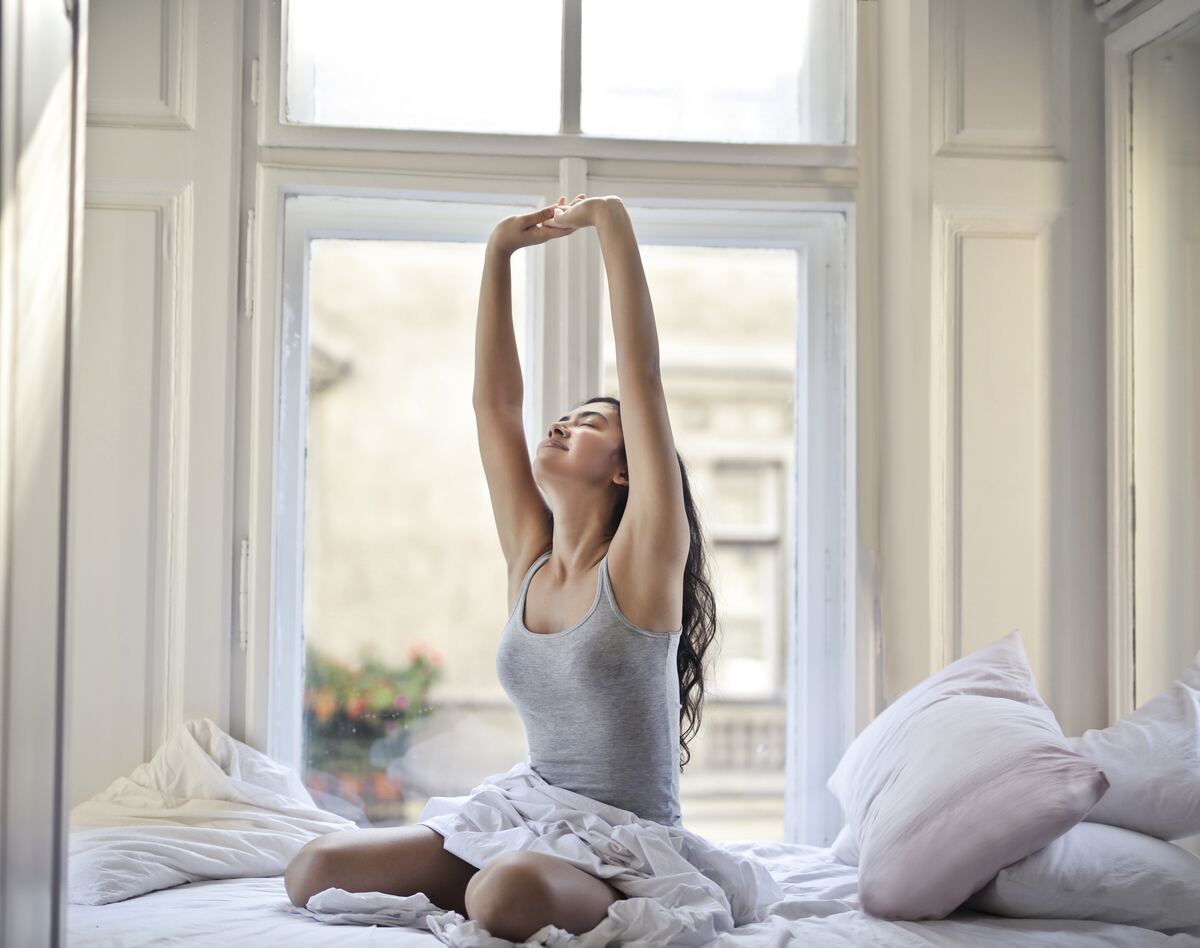Introduction to ecological paints
Since the origin of mankind, human beings have used painting as a sign of communication and decoration of their environment. In the beginning they used ecological painting based on natural pigments (clays, blood or water were the main ingredients). It is true that these methods and materials have changed over the years. However, the function remains basically the same: to decorate as a form of expression. In this article I will tell you all the secrets you should know about ecological paints.

Origin of ecological paint based on natural pigments.
There is currently a wide range of products on the market for coating and decorating our walls: from ecological interior paints obtained naturally, to the most resistant and durable synthetic paints. However, the types of synthetic paints that have been developed have brought with them aspects that are quite harmful to human health and the environment. Faced with this problem, more and more people are opting for ecological interior painting. But first of all let me explain what is an ecological paint, its advantages and curiosities. At the end I will detail the most important things to keep in mind when buying it and my trusted brands.
What is an ecological paint?
To begin with, a conventional acrylic paint is composed of a polymeric acrylic emulsion derived from petroleum containing pigments, generally synthetic. Its main properties are that it is water soluble, fast drying and once dry it is quite resistant. What they do not tell us is that this emulsion, whether in paints, varnishes, adhesives or solvents, contains VOCs that are quite harmful to health.
What are VOCs?
These are the acronyms that define Volatile Organic Bodies and that, generally, we can identify by a quite significant odor when we use these materials. However, this is not always the case. These VOCs can be quite toxic and, to people with sensitivity, they can produce from mild irritation of the respiratory system or eyes, cough, nausea or headaches, to liver or kidney poisoning, pulmonary edema, and even be carcinogenic.
However, nowadays, we have options such as ecological and natural paints for interiors that help us to minimize or eradicate all those toxic components, heavy metals or fungicides contained in synthetic paints, by using only natural materials in their formulation.
Advantages of environmentally friendly paints
The main advantages of using an ecological interior paint are twofold: they are beneficial for us and beneficial for the environment.
It is common knowledge that we spend more than 90% of our time indoors. And the fact of having less toxics in our environment will help our organism not to have to deal with them in order to try to expel them.
Characteristics of an ecological interior paint:
- be free of solvents, since their formulation is based on natural components.
- free of VOCs (such as xylene, ketones, toluene, epoxides, dioxanes...)
- no heavy metals.
- be free of fungicides and biocides because they are generally high pH or alkaline.
- antistatic, as they do not attract or retain dust, providing a healthier indoor environment.
- easy to apply as a commercial paint.
A study commissioned by Keim paints simulated the environmental impact of environmentally friendly silicate mineral paints over a 50-year period. It identified that the effects are significantly less than plastic paints. The study, carried out in a 200m2house, revealed that such mineral paints save 12,000 joules of energy consumption, 80m3 of emissions, 100,000 liters of wastewater, 170 liters of solid waste and 560 kilograms ofCO2 into the environment.
It is clear that these advantages have an impact on nature and therefore on ourselves. Since the manufacturer that assures us these aspects is certifying us that in the production of the paint all these toxics have not had to be manufactured to add them to the composition. So, double benefit!
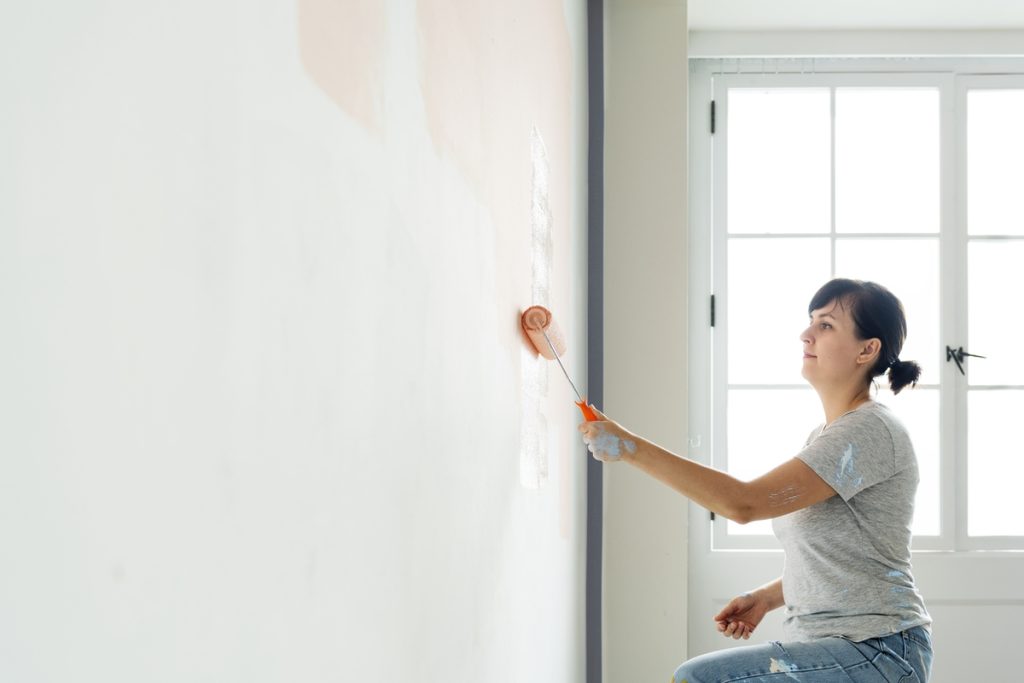
Ecological interior paint.
Types of ecological interior paints
Now that we are on the subject, I must clarify that there are two currents within the healthy paints. The first one would be ecological paints and the second one would be natural paints. The first are, within the commercialized ones, those that can assure you certain healthy aspects such as low VOC content, no harmful emissions to the indoor environment ... Let's say that within the commercial, they are the least bad.
And in the more orthodox line are the natural paints that more than meet all these parameters, while being 100% ecological because they are formulated with materials found in nature.
- Ecological plastic paint: this option would be an introduction to ecological interior paints. By having the ecological seal, they eliminate part of the compounds officially recognized as harmful. However, in their composition, they still contain a large percentage of petrochemicals. From my point of view it is not the ideal option but it can also be considered on a case-by-case basis.
- Lime paint: together with silicate paint, they are the two oldest and best known mineral paints. Among their many advantages: they are resistant to fungi and bacteria, attract less dust (they do not alter the balance of ions in the environment), excellent permeability for the walls to breathe... It is highly disinfectant and can be applied with the fresco technique (having the mortar base still wet).
- Silicate paint: another of the mineral paints used for centuries. Among the natural and ecological paints, they are the most resistant. They are fireproof, resistant to pollution, to the action of the sun and can be washed. They have good coverage and great durability. They can be used both in interiors and exteriors. Silicate stains are water-repellent and highly permeable to water vapor. Ideal for application on walls without plastic treatments (it is advisable to remove them previously).
- Clay paint: it is generally mixed with potassium silicate to give it hardness and resistance. One of the advantages it has is that it allows a review in a specific area without having to paint the entire wall.
- Vegetable paint: the base of these paints are natural resins mixed with essential oils, linseed, beeswax, latex, cellulose... And to give them color they will always be tinted with earth pigments, minerals or plant extracts. They have a high covering power and can be washed after drying. They can be applied in interiors on all resistant substrates such as plaster, fiber paper, plasterboard and chipboard.
- Natural varnishes: they are used to protect surfaces such as wood, clay or cork from atmospheric agents. These varnishes are made with natural oils.
- Waxes: is a natural vegetable or bee product. They are ideal for furniture care and protection as they create a water-repellent and antistatic film that facilitates the durability of the surface. When applied, they always offer a pleasant aroma of nature.
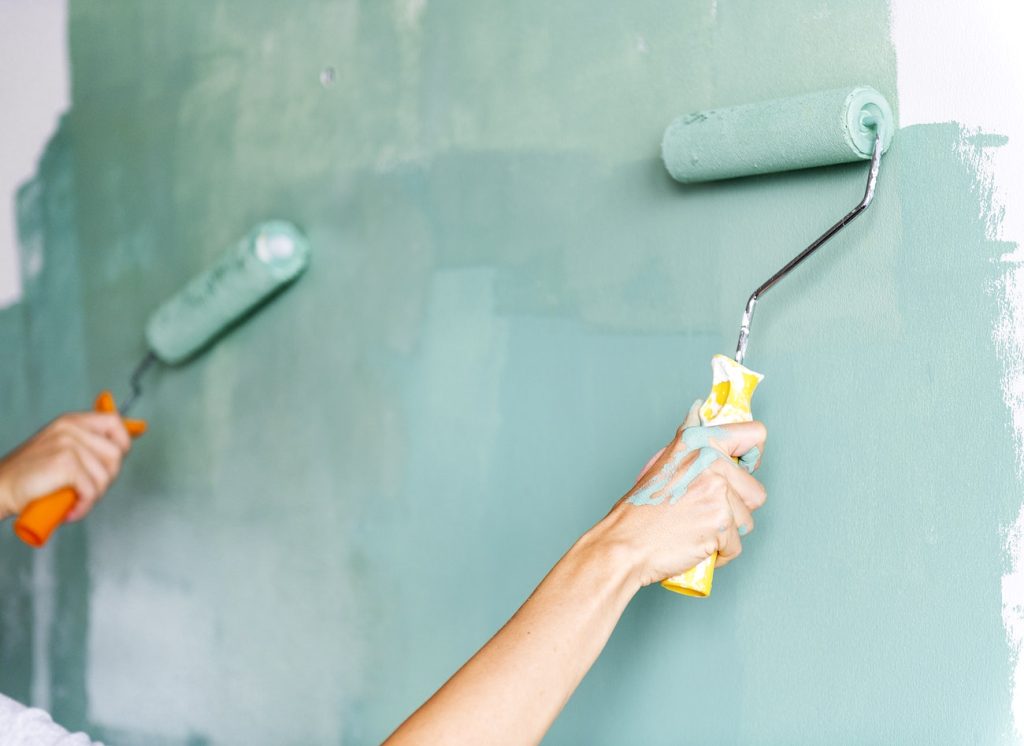
Ecological lime paint.
Aspects to take into account when choosing your ideal ecological paint
After all that has been explained, there are brands that certify their paints with a pass mark and others that are really involved in producing a quality product. That's why I'm going to point out below what aspects you should take into account to choose your ecological paint according to your budget.
- To begin with, the minimum essential that an ecological paint must have is a seal that certifies it. The ECOLabel seal of the European Union (known as the daisy) is the minimum mark it must have.
- Another fundamental aspect is that it is rated with the Air Label A+.
- If you are looking for an environmentally friendly paint, opt for ecological lime or silicate paints. They will help you create a healthier, natural-looking environment.
- If what you really want is to have the least environmental impact, choose natural paints from a local paint factory, it's ideal, and you'll get our 5 stars!!!
If you have come this far, maybe you are interested in acquiring some type of ecological paint to update the interior of your house. Of all the brands on the market, the ones I trust the most in terms of commercial paints are: Keim paints and Isaval paints in its sustainable line.
As for natural paints, I would recommend Naturclay and EcoClay for clay paints. If you have any doubt about how to apply them or you want to ask me any question about this subject, you can leave your comment below or write me an email. I will be happy to help you.
Summarizing
It is very true that we spend a lot of time indoors and therefore we must take care of our homes, offices and establishments to make them as healthy as possible. The coatings and in particular the paintings occupy, without realizing it, a large area within the space we inhabit. That is why it is important that the next time you go to reform a room, values the option of using ecological or natural paint for your interior.
With this article in mind, I recognize that it is necessary to consider the particularities of each project. For many aspects can influence: from the economic, through the characteristics of the room and the use that will be given to it, to the ease of acquisition of materials. Therefore, in each project it is necessary to evaluate with the client and decide which is the best option. I encourage you to opt for paints that are more respectful of interior spaces because they will bring you greater harmony and health.
At this point, you may also be interested in this article on bio turkish to renovate your home published in my blog.


